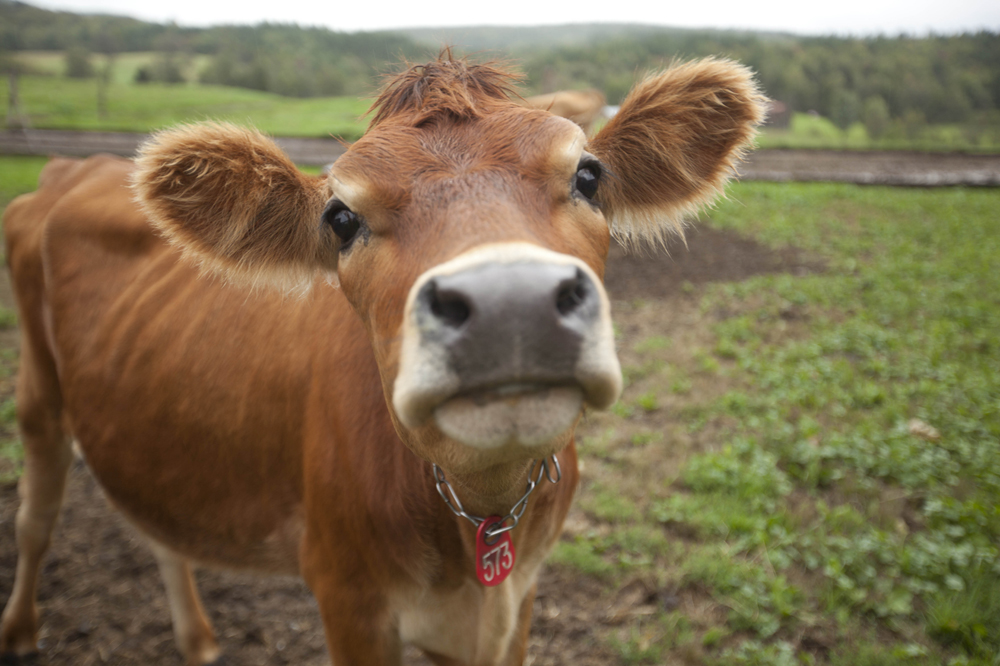Report: Herbicide, chemical fertilizer use doubled on Vermont dairy farms in a decade
Agribusiness corporations, including Monsanto, Dow and Syngenta, promised dairy farmers that GMO corn would allow them to reduce the amount of chemicals needed for ample crop production.
But that promise has proved hollow, according to Regeneration Vermont, a pro-organic advocacy group. The nonprofit organization has released a report showing that herbicide and chemical fertilizer use on Vermont dairy farms nearly doubled from 2002 to 2012.
One of the founders of Regeneration Vermont, Will Allen, has graphed data on herbicide and nitrogen fertilizer use from the Vermont Agency of Agriculture. Farmers used 1.54 pounds of herbicide per acre in 2002; that number increased to 3.01 pounds per acre in 2012.
Genetically engineered crops have reduced insecticide use, and are supposed to also lower herbicide use, according to Monsanto literature. Several types of GMO corn can survive exposure to RoundUp, or glyphosate, a powerful weed killer that dissipates quickly in the environment compared with herbicides, such as atrazine, that persist for longer periods of time in the environment.
But the most common herbicides in use are products like Lumax, manufactured by the Swiss company Syngenta, which contain persistent, active ingredients like atrazine and metolachlor. Between 70 percent and 80 percent of herbicides farmers use are some combination of atrazine, metolachlor and a handful of other chemicals, according to state officials.
In his 24-page report “Vermont’s GMO Legacy: Pesticides, Polluted Water & Climate Destruction,” Allen found that dairy farmers were using 16.5 million pounds of nitrogen fertilizer on 92,000 acres of farmland as of 2012. A decade earlier, dairy businesses applied half as much, or about 8.9 million pounds of chemical nutrients on about the same amount of acreage, according to data from the Agency of Agriculture, Food & Markets.

